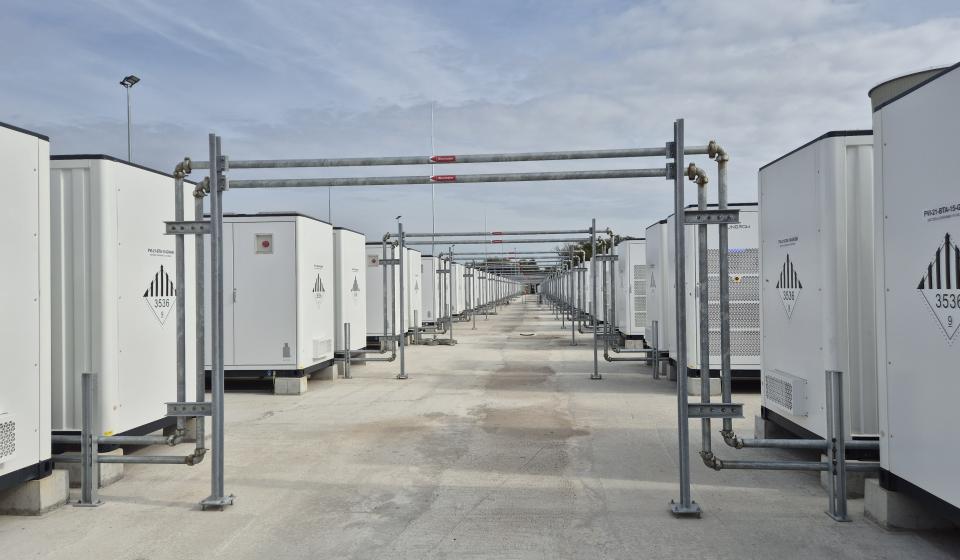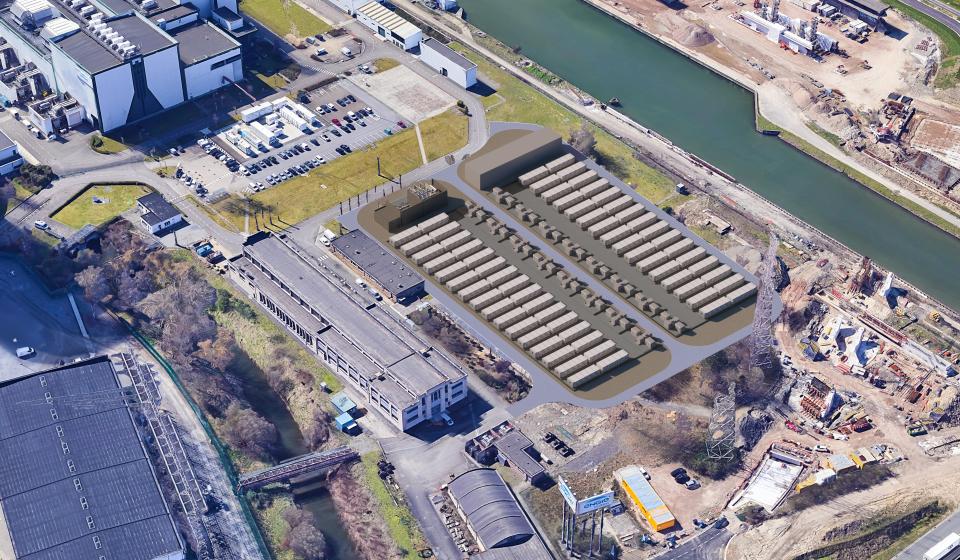Flexible generation
Flexible production involves the use of innovative technologies such as gas-fired power plants, battery energy storage systems and hydrogen production technologies. These technologies can be used to meet fluctuations in energy demand, compensate for the intermittency of renewable energies, and ensure the stability of the electricity grid.
Articles and press releases

Mission accomplished: ENGIE's Flémalle power plant is now ready to support the grid

ENGIE’s battery storage project in Vilvoorde fully commissioned

ENGIE to build a new battery park in Drogenbos, expanding its battery storage capacity in Belgium to almost 400 MW
